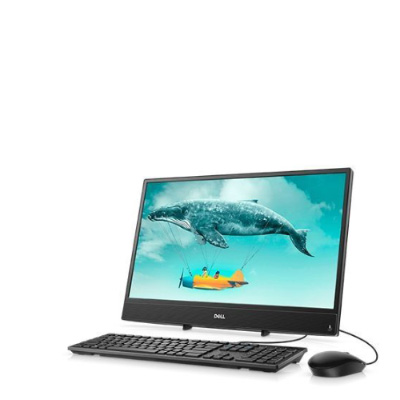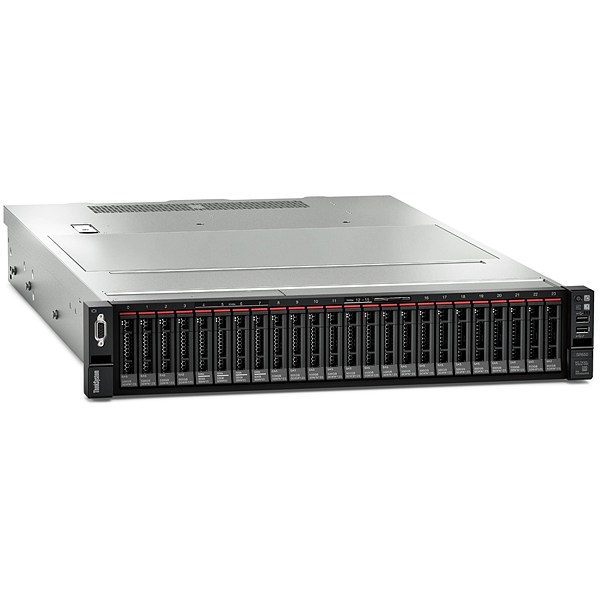For instance, during periods of high consumer spending, businesses may experience increased revenues, leading to higher corporate earnings and stock market performance. On the other hand, a sudden decline in PCE could result in reduced business revenues, impacting investment decisions and overall economic stability. In addition to the direct impact on economic growth, consumer spending through PCE also influences other sectors of the economy. For example, increased demand for goods and como invertir en forex services can lead to higher investments in production capacities, infrastructure, and technology. This, in turn, can enhance productivity and competitiveness in the market, further boosting economic growth. Since the year 2000, the Federal Reserve has opted to target inflation based on PCE instead of CPI.
Canoo’s Struggles in the EV Market: Challenges and Future Outlook
Weighting differences are the byproduct of the data differences that arise between the two indexes. Each index uses the data it collects to calculate the relative share of consumer spending each item represents, and from this the relative impact of price changes on the overall inflation measures. Data sources for each index vary, with CPI using Consumer Expenditure (CE) data and PCE using the National Income and Product Accounts (NIPA) Personal Consumption Expenditure data. The CE data is collected directly from consumers, whereas the NIPA data is collected from businesses, which can result in discrepancies between the two price measures. Another major source of weighting differences comes from the differences in scope previously discussed. A significant example is the effect that including third-party expenditures in the PCE index has on the relative weights assigned to other categories.
Core PCE inflation plays an important role in the U.S. financial system because the Federal Reserve references it to gauge U.S. inflation when setting monetary policy. Annual core PCE inflation in April also remained unchanged from March’s adjusted reading of +2.8% year over year. The Fed uses the core PCE price index as its preferred measure of U.S. inflation. Say the price of gasoline rises in a given month but the price of tomatoes falls. Gasoline represents a larger portion of a family’s monthly budget, so it’s weighted more heavily in calculating PCE.
How PCE impacts the economy
It is always important is to consider the impact of inflation on investments. Part of the reason for the FOMC targeting a set level of inflation (currently 2%) is that investors, consumers, and businesses benefit from a stable level of inflation. The formulaic differences arise from the fact that CPI uses an index formula which only updates item weights biannually (but moving to annual updates in 2023), while the PCE index updates item weights every quarter. Advocates of using the PCE index, the Fed among them, say that constant updates to item weights better capture substitution effects, whereby consumers switch products due to relative price differences. This is also one of the reasons why CPI is traditionally higher, as it does not capture the switch to cheaper products which might be occurring.
CPI, PCE, PPI, WHAT? – A Primer on Inflation
As an investor, you can use CPI data to help you figure out whether the Federal Reserve is likely to raise, lower, or maintain interest rates, which will have varying effects on the stock market (and your portfolio). The coinberry review CPI is one perspective you can use to get a big-picture view of the economy as a whole. Finally, the indexes differ in how they account for changes in the basket.
Latest PCE Report Highlights (December
That was Americans’ personal saving rate—the percentage of Americans’ disposable income they don’t spend in a given month—in January. That’s the highest saving rate since June, as consumers pulled back on spending. The PCE index reported a 6.3 percent inflation rate over the 12-month period ending in April. March, February, and January saw a bump of 6.6, 6.3, and 6.0 percent, respectively. This means inflation is cooling for the first time in the current spree, according to the BEA.
- The BEA Personal Income and Outlays report releases monthly personal spending and income statistics.
- The increase in current-dollar personal income in January primarily reflected increases in personal current transfer receipts, compensation, and personal income receipts on assets.
- This information is important for economic policy purposes and business decision-making.
- Economists tend to group the factors into two main categories, demand-pull and cost-push.
- The CPI is one perspective you can use to get a big-picture view of the economy as a whole.
- Headline CPI includes the entire consumer basket of goods and services while Core CPI excludes Food and Energy.
An easy way to think about inflation and its impacts are to consider the value of one dollar over an extended timeframe. For example, in 1960, $1 bought you four burgers, one milkshake, one soda, and one fry from McDonalds. In essence, inflation erodes the purchasing power of a currency over time. Another aspect of the baskets that leads to differences is referred to as coverage or scope. The CPI only covers out-of-pocket expenditures on goods and services purchased.
Core PCEPI, a measure of PCE inflation that excludes food and energy prices which are subject to seasonality and volatility, ticked higher to 2.7% YoY in August, implying that underlying price pressures still remain. This is an important step toward the Fed being able to claim ‘victory’ over inflation as price indexes continue to ease toward the US central bank’s overall target of 2% annual PCE inflation. Personal consumption expenditures, or PCE, allows economists, consumers, and businesses to see how well the economy is faring from month to month.
The calculation of PCE involves gathering data ascending triangle pattern from various sources, including surveys, government reports, and economic indicators. These data points are then analysed to determine consumer spending patterns across different categories of goods and services. Increased consumer spending, reflected in high PCE figures, can contribute to inflationary pressures. As demand for goods and services rises, producers may raise prices to maximise profits. Conversely, sluggish PCE growth might indicate weak consumer demand, potentially leading to deflationary pressures. Consumer spending on goods and services is a key indicator of economic health.
Although the causes of inflation may be varied and not always knowable in the immediate moment, you can at least track how it affects the economy, from factory to store. Following the CPI, PPI, and PCE can give you some guidance as you navigate the fog of inflationary uncertainty. For businesses, an increase in the PPI may back them into a corner with very few choices. They can remain price-competitive and take a loss in revenue, or maintain revenues but risk losing sales or even customers. So, for instance, there could be a situation where gas prices fall, sinking the headline CPI numbers, while food prices rise. The Cleveland Fed is part of the Federal Reserve, the central bank of the United States.
The first primary benefit of measuring inflation is to provide policymakers such as the Federal Reserve an accurate gauge of price-levels. Maintaining stable prices is one part of the Federal Reserve’s mandate handed down by Congress in 1977, with the other mandates of maximizing employment and moderating long term interest rates. The second primary benefit of measuring inflation is to provide an adjustment to income payments such as Social Security. These “cost-of-living adjustments” are important to maintain the purchasing power of the income payments over time. The leftover differences collected in the ‘other’ category are mostly due to measurement differences. These include the techniques used to seasonally adjust the data as well as item-level price measurement differences.
During periods in which housing prices and rents rise rapidly, such as they have recently, CPI will rise by more than PCE. In the lead-up to 2008, we saw a similar result with CPI outpacing PCE, although the volatility of fuel prices at the time somewhat obscured the effect on the aggregate indexes. In the current environment, fuel prices have been rising in concert with shelter costs, which has been a major factor in the record level of divergence between CPI and PCE.
Federal Reserve Economic Data
- PCE data is also used to monitor inflation, which is a measure of the general increase in prices over time.
- Annual core PCE inflation in April also remained unchanged from March’s adjusted reading of +2.8% year over year.
- By analysing PCE, economists can assess economic growth, inflation, and make informed policy decisions.
- CPI contains a large component of owner-equivalent rent, which by definition is an imputed value and not a real direct expenditure.
PCE data is also used to monitor inflation, which is a measure of the general increase in prices over time. By analysing changes in the prices of goods and services purchased by consumers, economists can estimate inflation rates. This enables policymakers to make informed decisions regarding monetary policy and interest rates. The personal consumption expenditures price index, the Federal Reserve’s preferred inflation measure, increased 0.3% for the month and showed a 2.5% annual rate.









